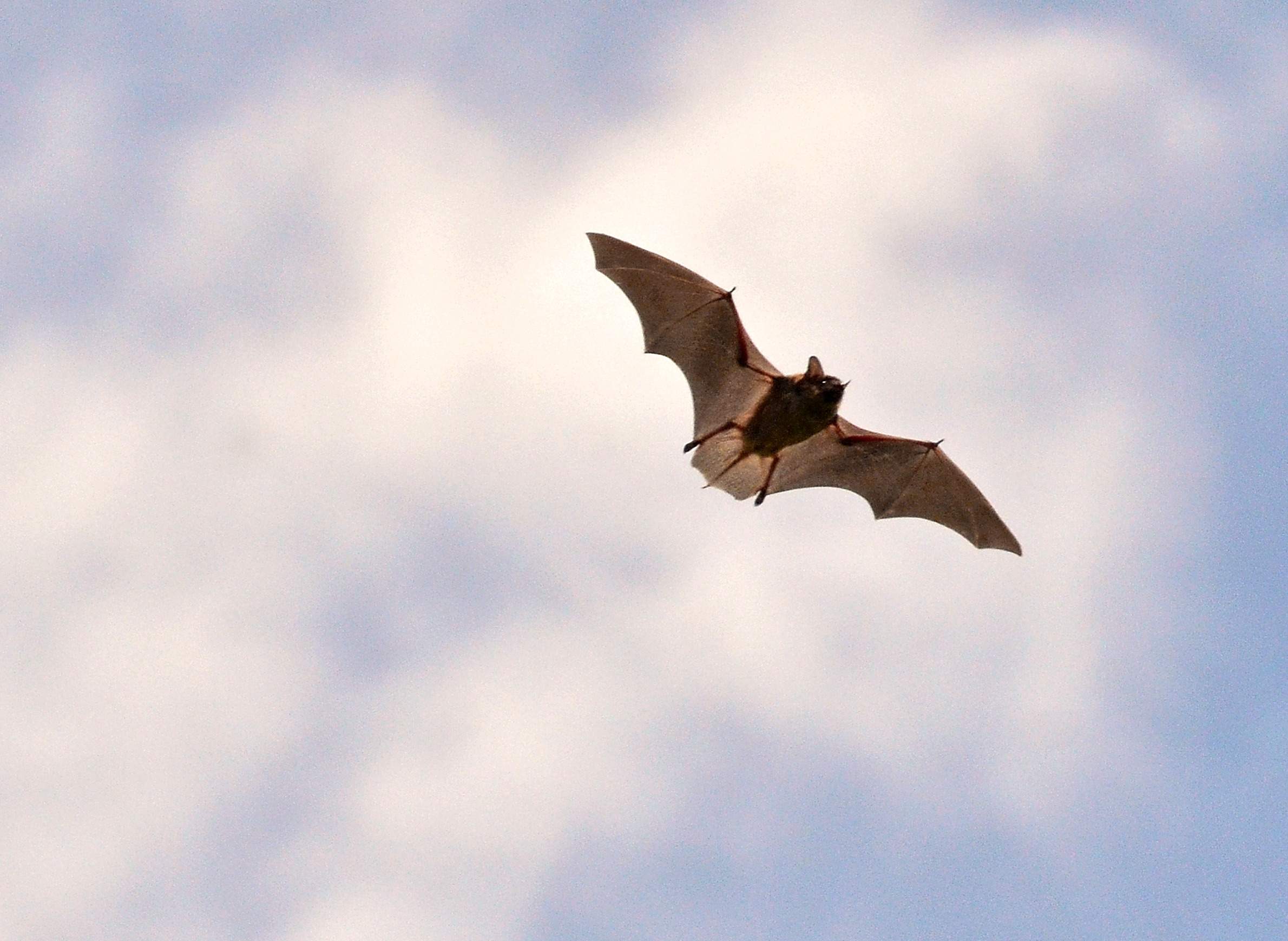
Wisconsin is home to seven species of bats.

Wisconsin is home to seven species of bats.
From loon-watchers to fighters of invasive species, Wisconsin is home to many groups engaged in citizen science. It's a practice in which people volunteer to monitor plant and animal species in the wild and collect local data about their status, and usually share this information with professional scientists to help inform their research.
These grassroots enterprises enhance people's connections with nature and with each other — and they can help improve overall habitat for all species, including humans. One example of a citizen science effort of this type in the state is the Wisconsin Bat Monitoring Project, which tracks the presence of and identifies trends with these animals. It's one of several citizen-based monitoring networks administered by the Aquatic and Terrestrial Resources Inventory, a program of the Wisconsin Department of Natural Resources.
Joel Knutson, an educator with University of Wisconsin-Extension Oneida County, works with the Bat Monitoring Project. In a July 29, 2015 talk in Rhinelander, part of the Northern Lights Tour put on by the Wednesday Nite @ the Lab lecture series, he described his experiences monitoring bats and other species. Titled "Beyond Counting: Wisconsin Bat Project and the 'Positive Multiplier Effects' of Citizen Science Monitoring Programs," his talk was recorded for Wisconsin Public Television's University Place.
In and around Oneida County, different groups have tried to advance property and shoreline management regulations intended to benefit lakes and people's use of them, but directing landowners what to do with their properties can be problematic, Knutson said. Therefore, another approach is to seek to expand interest in nature through citizen science and find commonalities among, for example, people who volunteer to monitor boat landings to keep aquatic invasive species from spreading and others who monitor bats, loons or other wildlife.
"So the key is that tying these activities in into our broader goals of healthier lakes and shorelines to a point where, without the force of law, without the force of zoning and conflict, that you start to create a sense of a new normal," Knutson said.
When monitoring bats, Knutson and other volunteers have an echo locator device they can use, ideally, he said, while motoring on a lake at sunset, cocktail or beer in hand. The best time of day to monitor bats is about 30 minutes after sunset, he said. Typically, bat program monitors are usually responsible for monitoring at least one route a month selected by wildlife biologists who are looking for specific data. Alternatively, Knutson explained, volunteers can monitor their own neighborhoods and lakes.
The echo locator device records high frequency noises the bats emit when they are flying around. The different sounds have different meanings, including whether bats are hunting, roosting or warning off a competitor, Knutson said.
Key facts
Key quotes